Forgotten languages and lost identities

Abhinav is a 1st year MBA student of Rural Management in XIMB Bhubaneswar. Interested in the development sector, he writes about ground level issues pertaining to rural landscape and politics of the country
[responsivevoice_button voice=”US English Male” buttontext=”Read out this Theel for me”]
Gumura is like any other village in eastern India. Located in the deep mining belts of Keonjhar district in Odisha, this village is known only for one thing – Wadi cultivation. Saunta Gaunta Foundation, a local NGO, based out of Keonjhar, has been working in the field of clean energy and agroforestry since the last few years. Wadi cultivation was a new scheme launched by the State Government under District Mineral Foundation for cashew and mango plantation. I was an intern working with them in the capacity of a field researcher. Under Wadi cultivation, the state government was generating alternative livelihoods for the marginalized farmers during the offseason of paddy cultivation. One acre of land was to be contributed by each household to the government, and there will be equal profit sharing from the crops. It was a collective ownership model. As a field researcher my duty was to live among the farmers, conduct interviews, know about the ground problems like access to finance, farming infrastructure, proper distribution of subsidies and submit a report at the end. Along with the NGO members, I sometimes took part in a few training programs where farming experts used to train farmers about modern cultivation methods. It was a boring job, but what seemed as a boring place had a very interesting story.
The village has more than 50% of the population belonging to the Scheduled Tribe. The most prominent is the Munda tribe. Also, in the village, one could easily see the segregated settlements among the different tribes. No two tribes lived in the same locality. The OBC families lived at the outskirts of the village, and there was no upper caste family in the village. I was assigned a family to live with for the entire period of my internship spanning two months. The family belonged to the Bhuia tribe, and they used the surname Sardar. The family was small, one lady, her husband and their only daughter. Being born and brought up in a tier 2 city and having lived the majority of my early adult life in metro cities, it was difficult for me to adjust to living in a mud house in a place that many can’t even find on a map. The language barrier was another difficulty, even though I could understand and speak Oriya. What kept me happy and working every day was the hospitality and hard work the family used to put in every day. The weekdays went by conducting interviews, visiting the panchayat office, meeting village elders and inspecting the farming lands. For me, weekends were off, but for them, farm work was an everyday affair.
One day I noticed the mother talking in a language to her daughter, which was neither Oriya nor Hindi. The mother was fluently speaking the language while the daughter was trying with some effort. After some time, the daughter went away. The language was unique to me. Had there been a different dialect of Oriya language I would have understood. But the accent and dialect were resembling some old native tribal language. I thought of exploring this further for my knowledge. At night while eating dinner, I asked the mother, Tulsi Sardar, what language she was speaking during the day while conversing with her daughter. She said, “It is called Thaad language, and you won’t get to hear it anywhere else, even in the town, or if luck is by your side, one person might be speaking in the nearby village.” That pretty much shocked me because I was staying in a remote tribal village and if the people living here are not knowing or aware of ages-old native identities and language then who would?
The rest of the conversation after the dinner revolved around that topic only. Being curious as a child, I kept on asking questions, and the couple were more than happy to answer me. The conversation or I would rather say the interview that I took lasted for about an hour, and I got to know many things. So, the Thaad language is actually the native language which is spoken among the Bhuia tribes. The origin of the language was not even known to them. Only the lady spoke that language, and her husband didn’t. Apart from the woman, only two people in the entire Gumura village spoke that language, and they were more than 70 years old. Some of the words were “Johaar” for Namaste and “Maandi” for rice. I even shot a video of the woman conversing with her daughter in Thaad. Later I arrived at the questions that concerned me the entire time. Why is the language dying out? Why are the native speakers so few? Why is the upcoming generation not aware of the native language, identities and culture? The woman had just one phrase for my question “Sab modern ho gye hai sahab.” Everyone has become modern. The woman belonged to Tatanagar (Jamshedpur) and came here after her marriage. In her family, everyone speaks the Thaad language. After migrating to Gumura, she lost touch with her native language. Children in the village speak Oriya, and her daughter is unwilling to learn this language.
After the conversation when I went to sleep, I was in deep thought. We all talk about sustaining the native culture, tribal culture, but we are unaware of the ground realities. Many factors, here migration and some issues like unwillingness in the younger generation is responsible for the lost identity of a particular tribe. Bhuia tribe is a minority tribe in Gumura. The language is unique to the tribe. But where do they go for talking? How are they going to sustain their culture? This is a big question that many researchers too, would be perplexed and won’t have a solution to this. Also, in the village, the social distance was zero. There were inter-tribal marriages, one that I witnessed myself in December. This too, was perhaps leading to the loss of language identity in the Bhuia tribe. They worship their fields before they start harvesting the paddy. I witnessed one ceremony, and the lady was chanting Puja mantras in Thaad language. Language is an integral part of cultural identity.
Take the example of Kashmiri Pandits. Presently, the Kashmiri Pandits are settled everywhere in the world but not their hometown after the exodus in 1990. The Pandits are forgetting their language, and the younger generation no longer knows about their indigenous roots. What does it mean for us? India has a rich heritage when it comes to culture, arts, languages. Be it the Kashmiri Pandits or the Bhuia tribe, both add to the cultural diversity. When my internship ended, I submitted my research report to my supervisor. The program implementation was to be started once the report would be approved. I was happy to have contributed my bit towards the development of this remote community. But what about their indigenous identities and language? Does anyone conduct research to know how we can preserve them? The indigenous identity is the core of tribal communities. It is an open question for us as to how we can preserve this rich heritage.
Featured Image Credits: Wikimedia


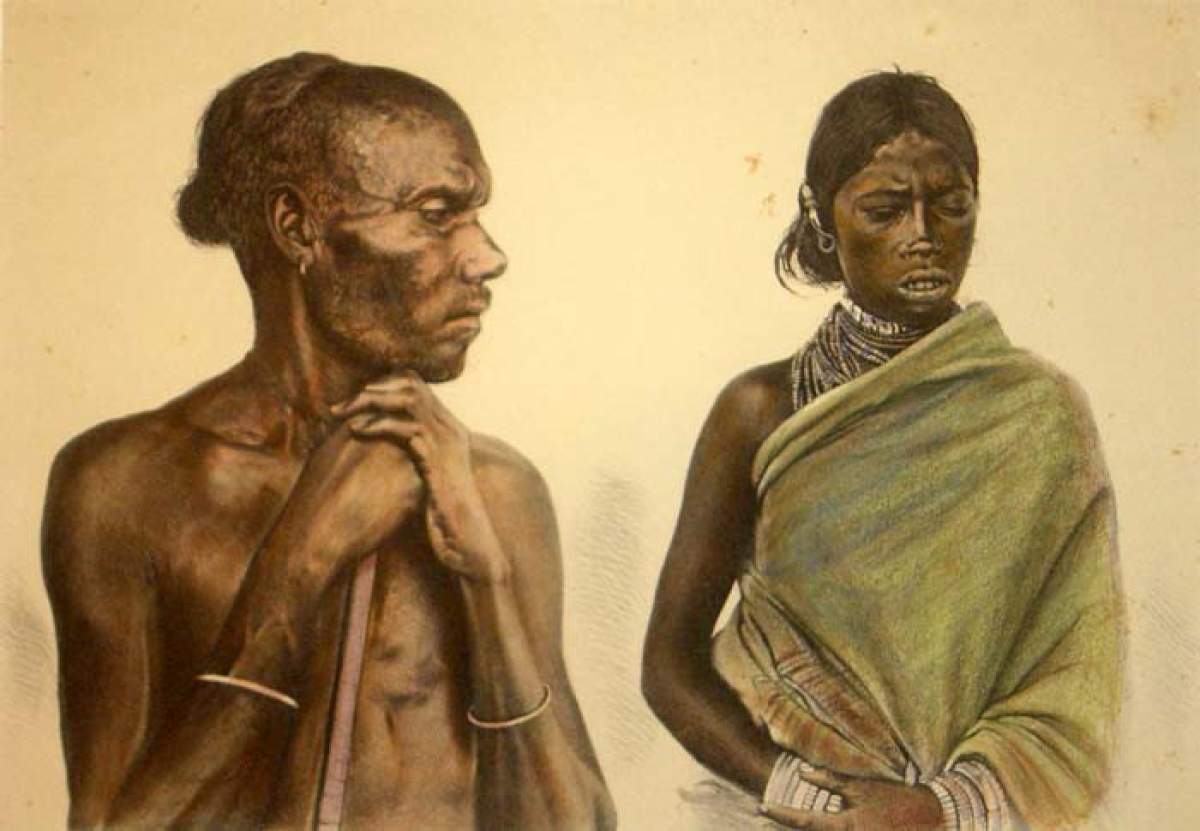

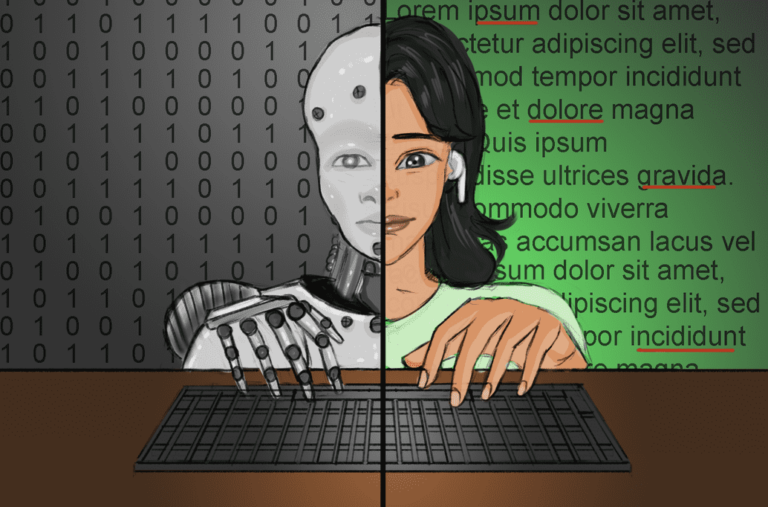
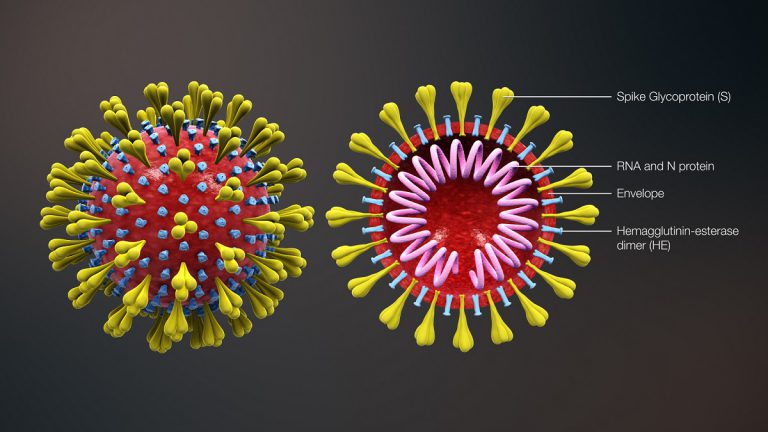
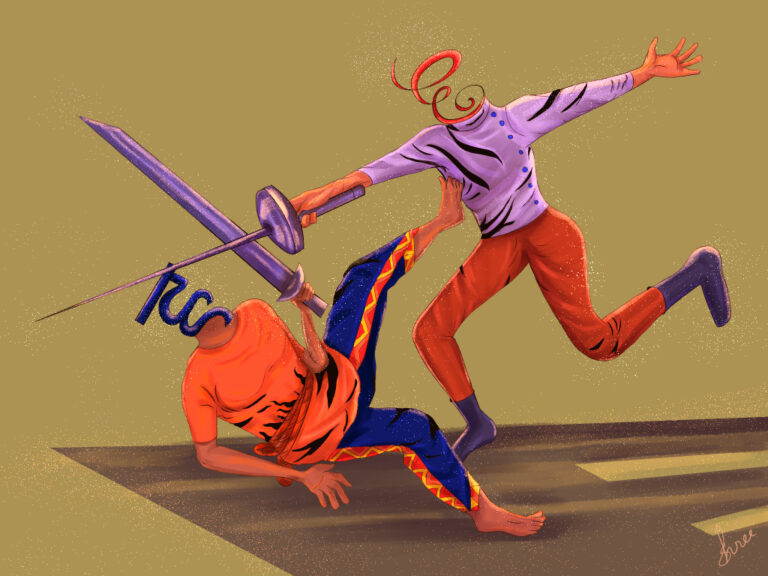
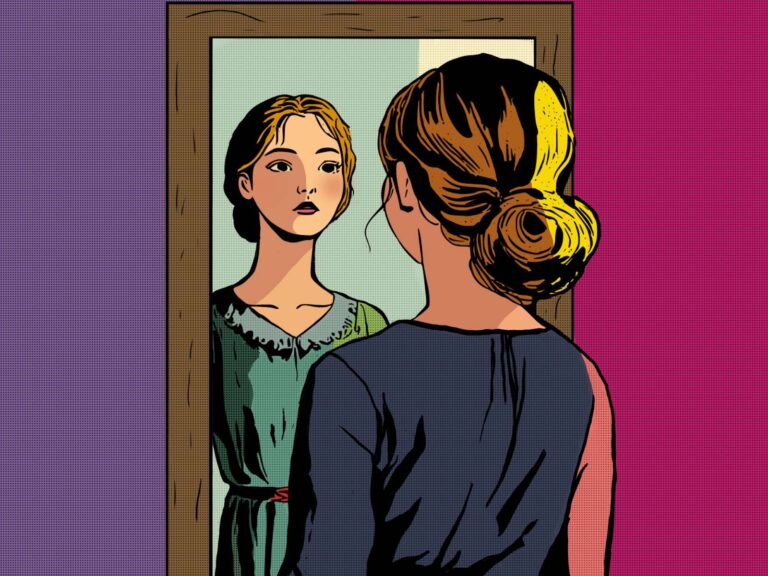
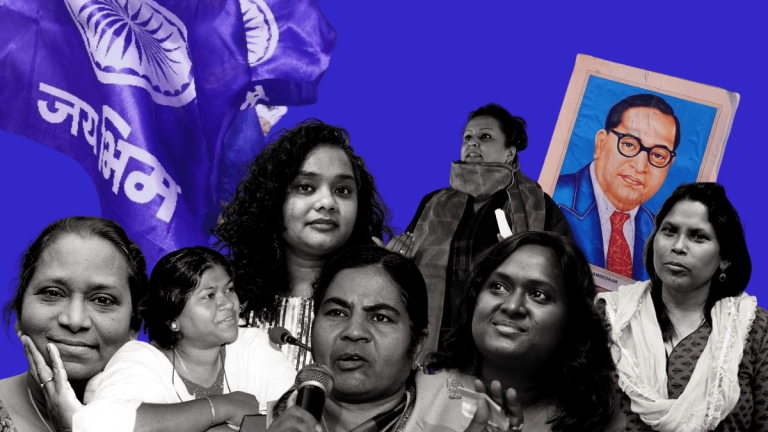
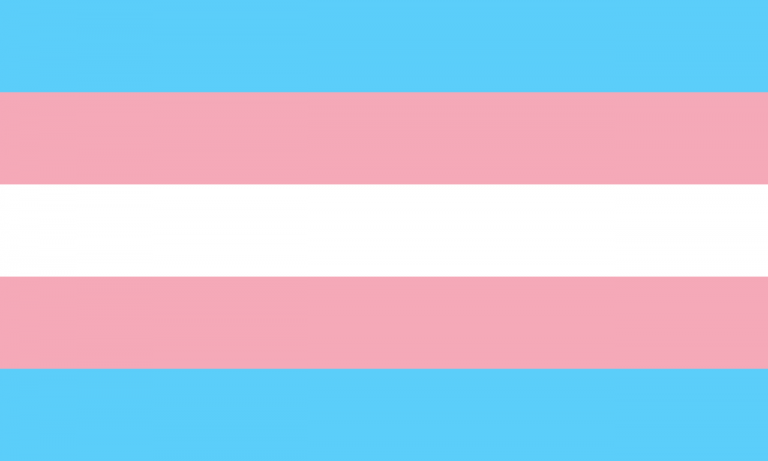
Very well written article! But if I maybe allowed to wear the devil’s hat, you know one of the main objectives of a language is to “communicate” with others. India being a rich land of so many diverse cultures and ethnicity, has way too many languages spoken. In the modern era of globalization, higher mobility, migration to cities with more job opportunities, the need for speaking one common language is high. Hindi serves that purpose to a great extent and also English. Which is why, purely from a utilitarian purpose, people are prone to learning, speaking only those languages which “serve a purpose”. Cultural and sentimental aspects take a back seat! Sad but true!